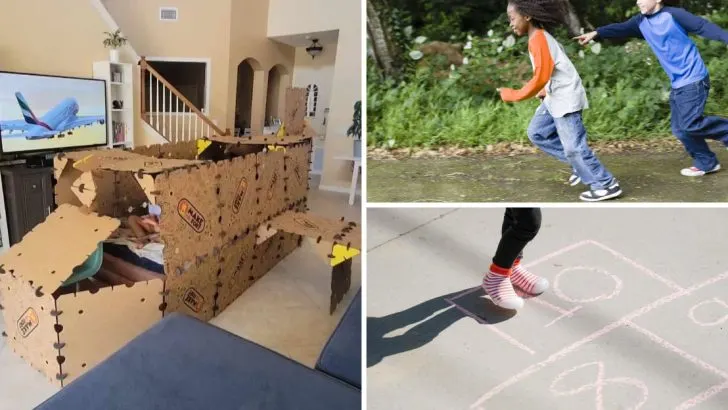Before smartphones, tablets, and video games became the center of childhood entertainment, kids spent countless hours outside, exploring the world and creating their own adventures. The ’80s were a time when imaginations ran wild, friendships were forged in backyards, and the outdoors was the ultimate playground.
In this article, we’ll revisit 15 beloved outdoor activities that defined childhood in the ’80s. From neighborhood games to daring tree climbs, these memories capture a time when the only limits to fun were how long daylight lasted.
Get ready for a nostalgic journey that celebrates the freedom and creativity of growing up in a pre-digital world.
Climbing Trees
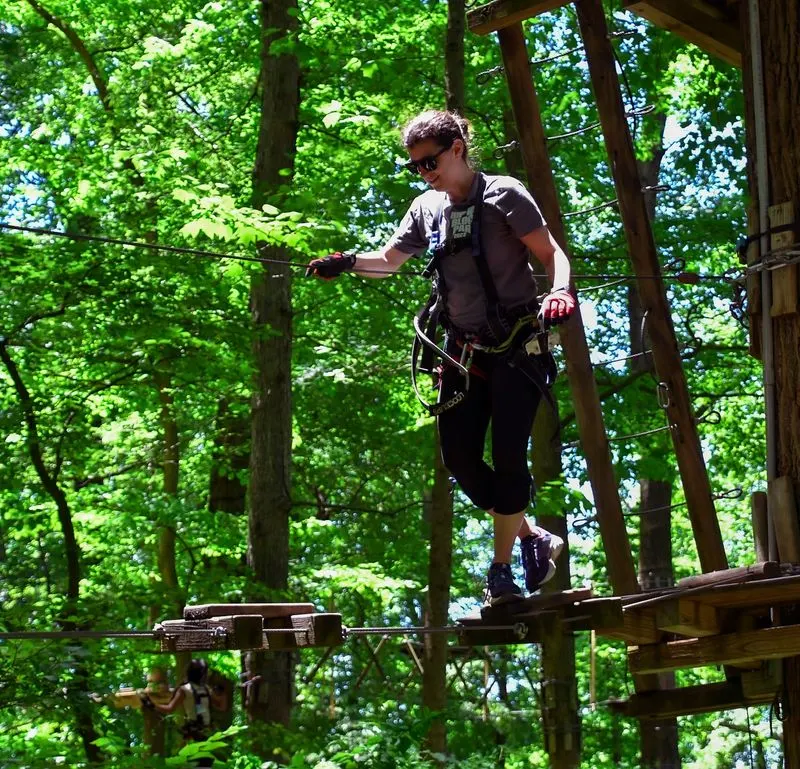
Trees were nature’s playgrounds, offering endless possibilities for imaginative play. Kids would scramble up the branches, feeling the rough bark under their fingers, reaching new heights with each climb. Often, the destination was a sturdy branch that served as a makeshift lookout. This was a place to conquer fears, build confidence, and simply enjoy the view.
Friends would challenge each other to see who could climb the highest or find the best route. Safety was a concern, but the thrill of adventure was irresistible. Parents often watched from a distance, trusting their kids’ judgment.
Playing Tag
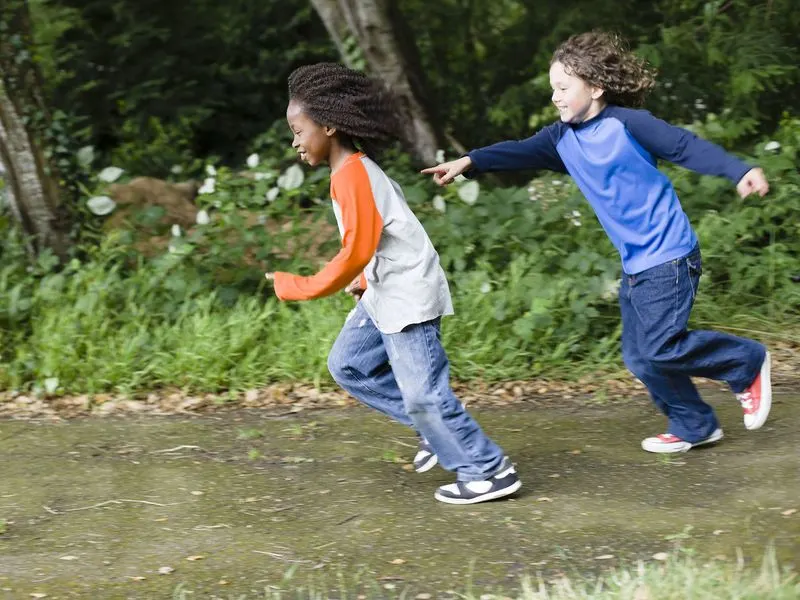
With nothing more than a patch of grass and a few willing participants, tag became the game of choice. Swift feet and quick reflexes were key as kids darted in every direction, avoiding the dreaded “it.” This game required no equipment, just energy and enthusiasm.
Laughter echoed as kids zigzagged, trying to evade capture. The rules were simple, but the joy was immense. Different versions like freeze tag added variety and kept the game fresh. It was a timeless activity that brought children together, fostering camaraderie and friendly competition.
Riding Bikes
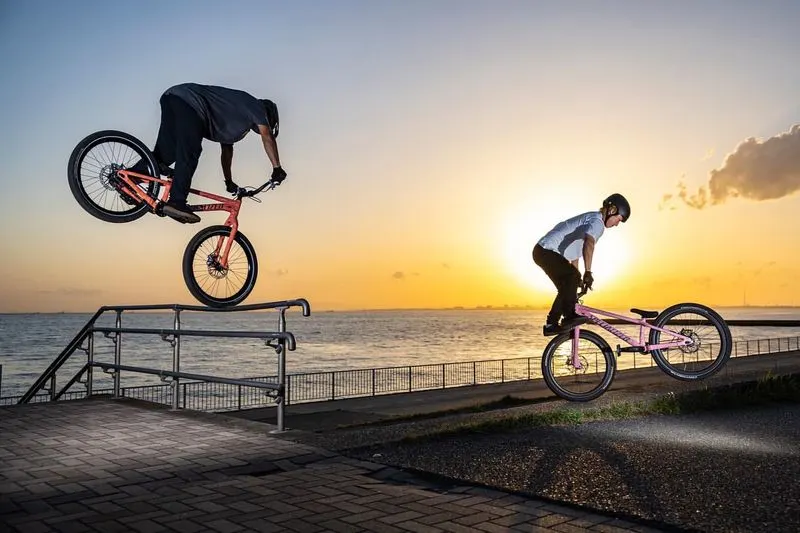
Bicycles were more than just a means of transport; they represented freedom. Kids would ride around neighborhoods, the wind in their hair, feeling a sense of independence. It was a way to explore, discover new places, and sometimes, get into harmless mischief.
Groups would form, with friends biking to local parks or simply riding in circles, racing each other. Mastering the art of riding without hands was a badge of honor. While helmets were less common, the spirit of adventure was always present. Cycling wasn’t just about the destination; it was about the journey.
Building Forts
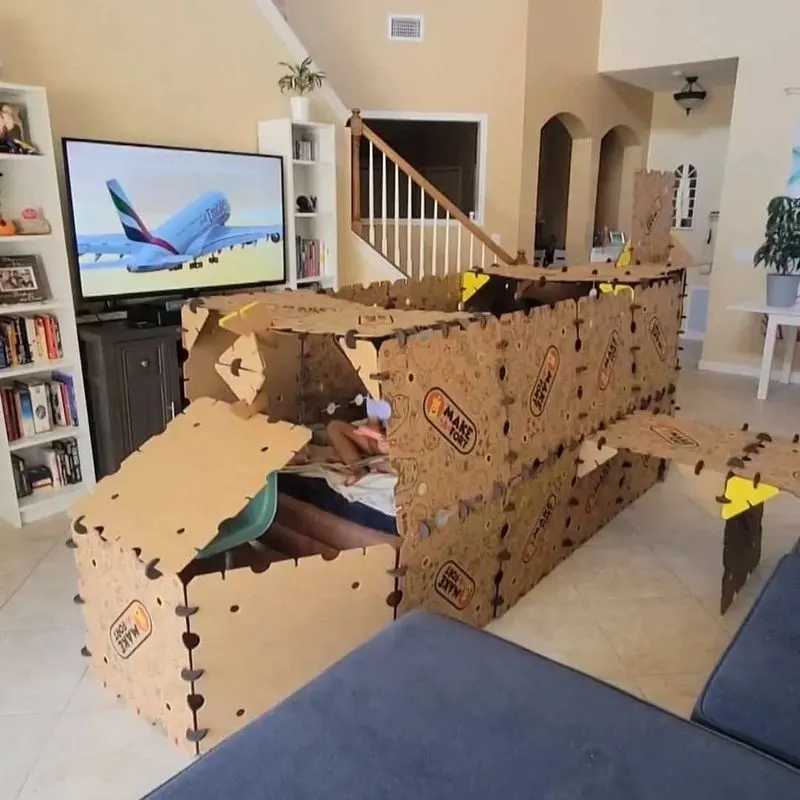
Creating forts was an exercise in creativity and teamwork. Kids gathered sticks, leaves, and whatever materials they could find to build their secret hideaways. These structures served as castles, hideouts, or bases for various imaginative games.
The process involved cooperation, planning, and sometimes disagreements on design. Children learned to work together, problem-solve, and make the most of their surroundings. These forts became the backdrop for countless adventures, where imaginations ran wild and possibilities were endless. Each fort was unique, reflecting the personalities and ingenuity of its builders.
Playing Hopscotch
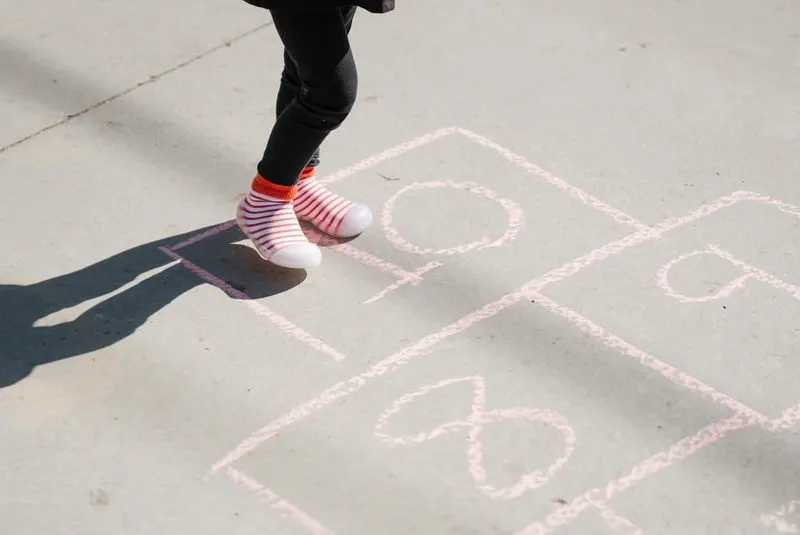
A piece of chalk and a bit of pavement were all that was needed to start a game of hopscotch. Kids would draw grids, each square representing a step towards victory. Balancing on one foot, they’d hop from square to square, trying to avoid mistakes.
It was a game of skill and rhythm, where players aimed for precision. Mistakes were part of the fun, leading to laughter and playful teasing. Hopscotch was accessible to all, requiring minimal setup and offering endless rounds of enjoyment. It was a simple pleasure that brought friends together on sunny days.
Roller Skating

Skating down sidewalks or at local rinks, kids in the ’80s embraced roller skates as a favorite pastime. The rhythmic sound of wheels on concrete was music to their ears. It was about graceful glides, daring spins, and sometimes, spectacular falls.
Roller skating was often accompanied by music from portable radios, setting the mood for fun. Friends would gather, showing off their moves or just enjoying the ride. The activity required balance and coordination, skills that improved with practice. Skating was more than exercise; it was a social event, bringing peers together.
Playing Capture the Flag
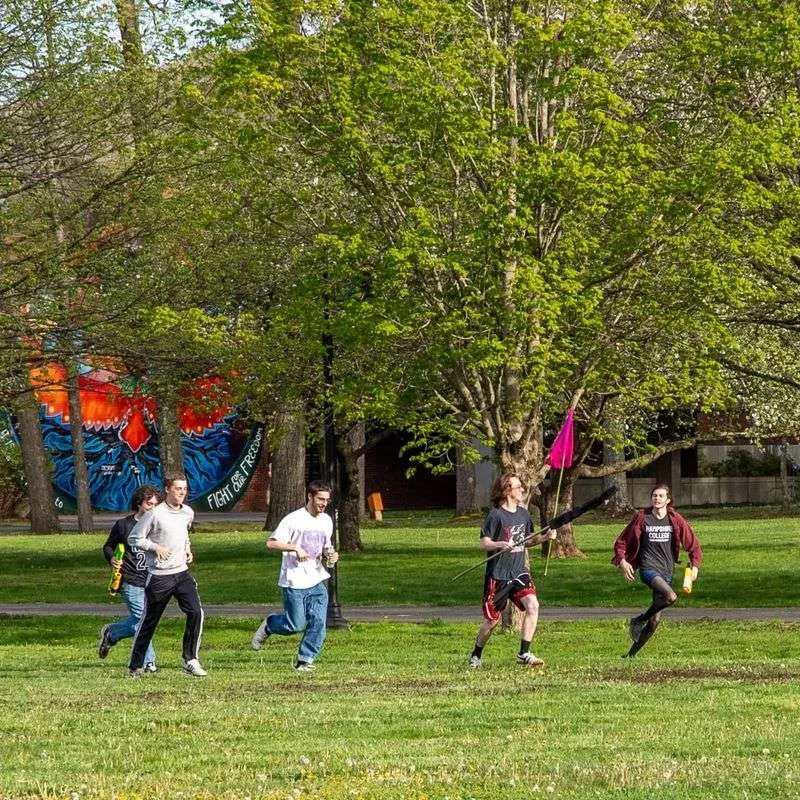
Capture the Flag combined strategy, speed, and stealth. Two teams faced off, each guarding their flag while plotting to capture the opponent’s. The game unfolded in backyards or parks, with kids sprinting across fields, hearts pounding with excitement.
Players devised plans and used teamwork to outwit the opposition. It was a test of tactics and trust, as teammates relied on each other to succeed. The thrill of snatching the flag or making a daring escape added to the excitement. This game fostered leadership skills and strategic thinking, wrapped in adventure.
Skipping Rope
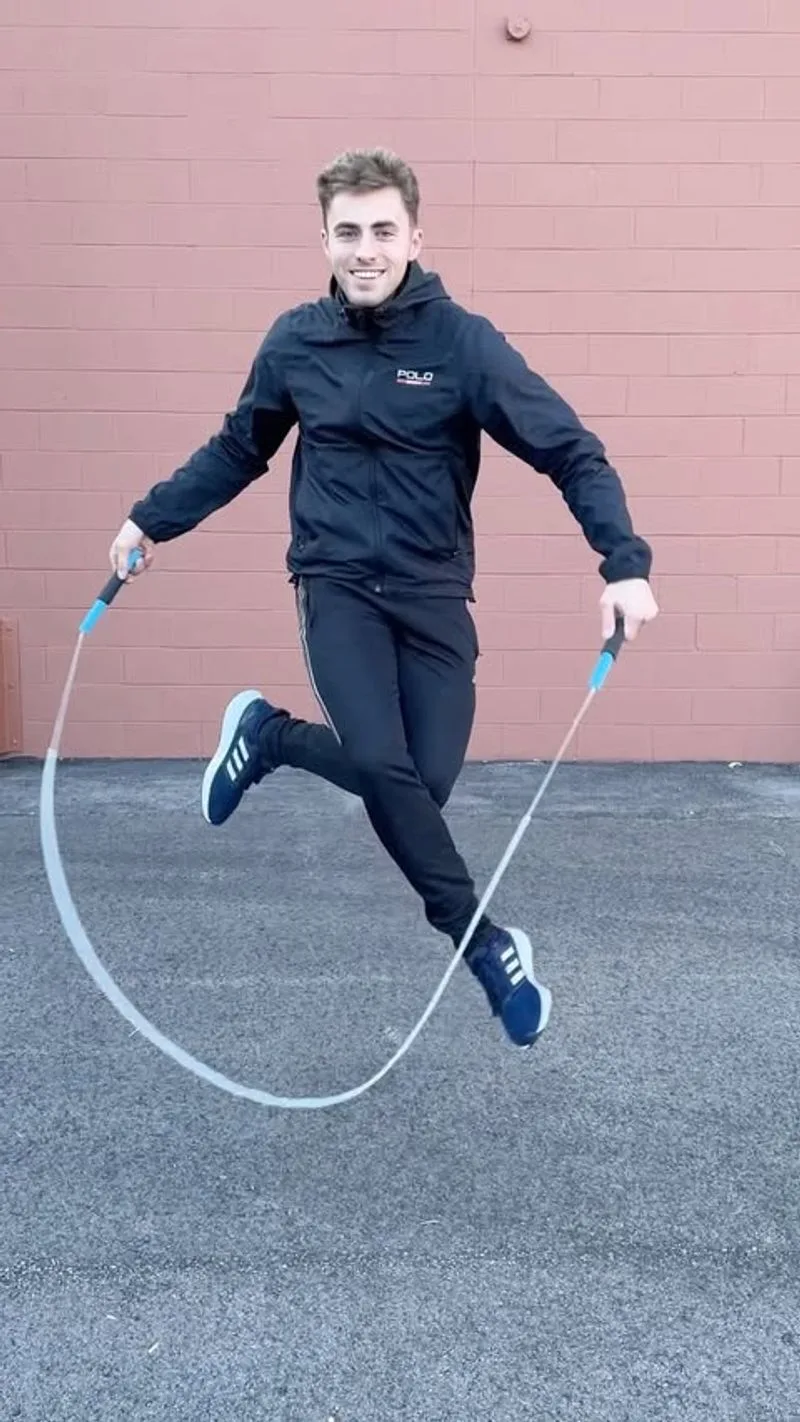
Skipping rope was a rhythmic and energetic activity loved by many. Whether alone or in groups, kids would jump to catchy chants, coordinating their jumps with the swing of the rope. It was a fun workout that improved timing, agility, and endurance.
Friends often joined in, turning it into a social activity with complex routines and songs. Double Dutch added an extra layer of challenge, requiring teamwork and precision. The simplicity of a rope and the joy it brought made skipping a timeless favorite, offering both laughter and a sense of achievement.
Playing Marbles
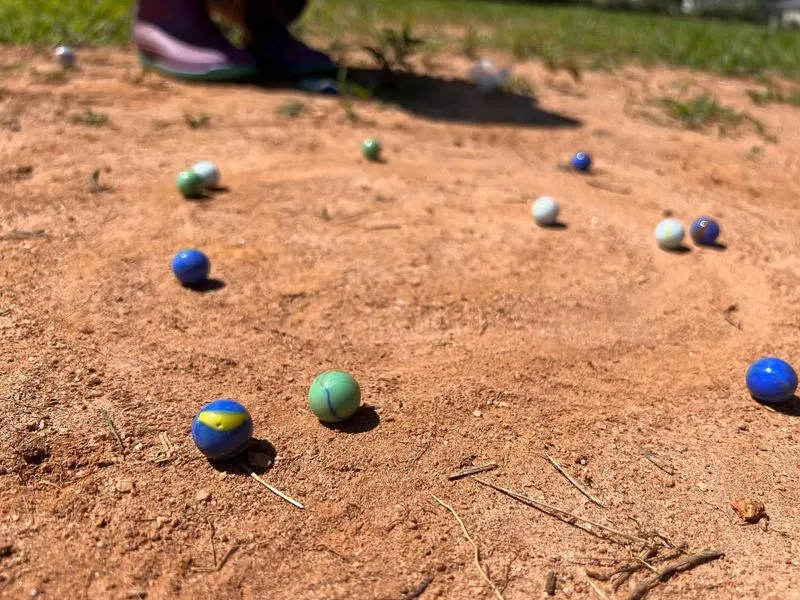
Marbles were small treasures that sparked big competitions. Kids would draw circles in the dirt, each aiming to knock opponents’ marbles out while protecting their own. It required precision, strategy, and a steady hand.
Various games and rules kept the interest alive, and trading marbles added another layer of excitement. The clinking sound of marbles colliding was satisfying, marking a successful shot. This activity honed fine motor skills and encouraged friendly rivalry. Marbles were collectable and tradable, making them a beloved pastime that combined skill with social interaction.
Exploring Nature Trails
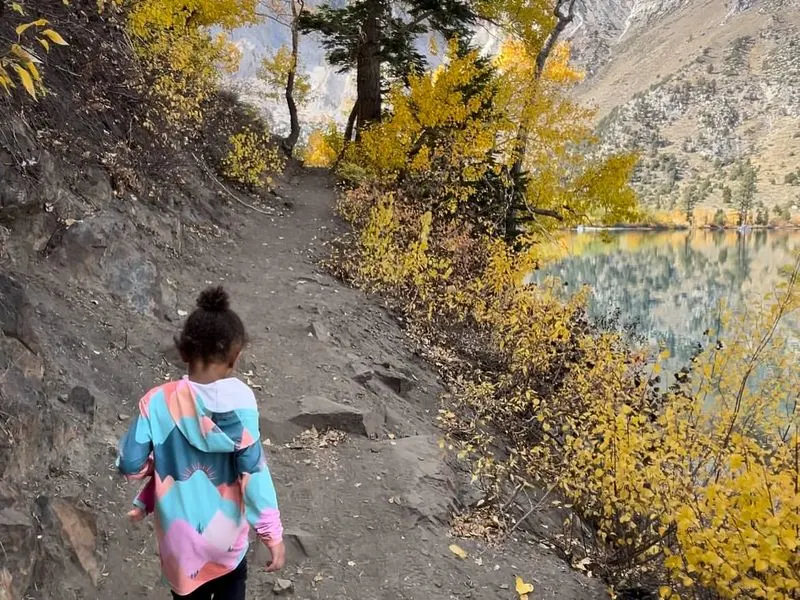
Nature trails were the gateways to discovery and adventure. Kids would trek through woods, observing wildlife, collecting leaves, or simply enjoying the natural surroundings. It was a chance to connect with nature, breathe fresh air, and let curiosity lead the way.
The trails offered varied experiences; each turn could reveal a hidden stream or a nest of birds. This exploration encouraged a love for the environment and taught respect for nature. The adventures on these trails were endless, limited only by imagination and daylight.
Flying Kites
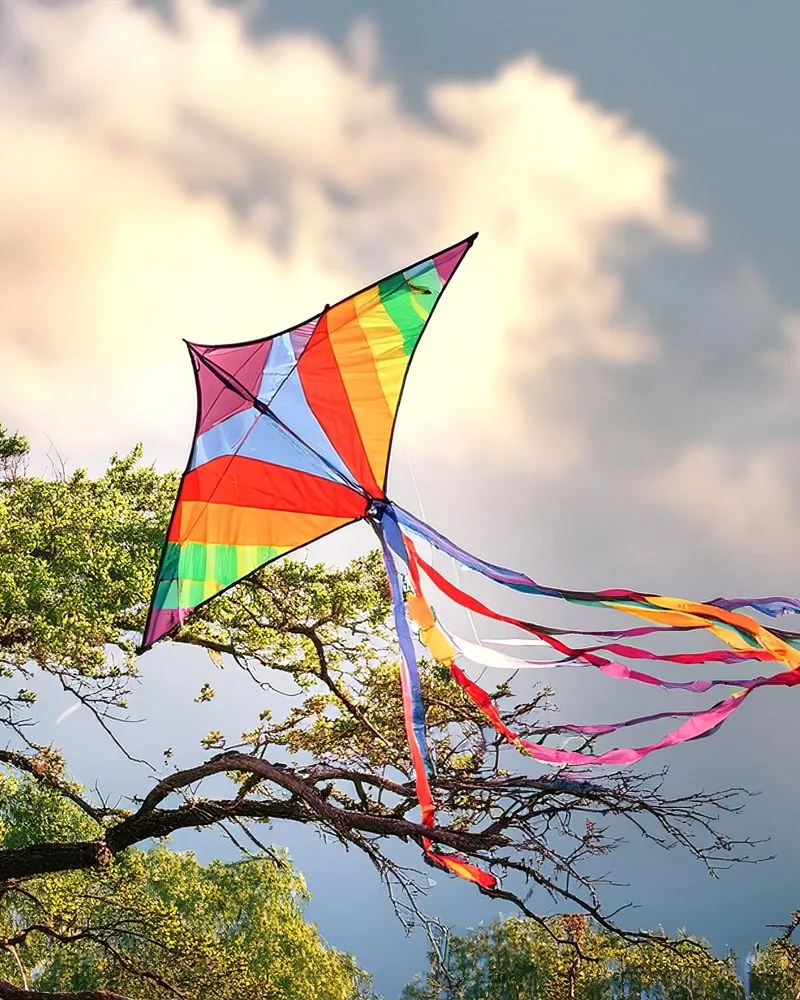
Kite flying was about patience and the thrill of seeing a creation soar. Kids crafted or bought kites, learning how to catch the wind just right. On breezy days, fields became dotted with colorful kites dancing in the sky.
Adjusting strings and guiding flights required skill and focus. The joy of a kite taking flight was unmatched, a shared experience often involving family or friends. This activity fostered an appreciation for wind and weather, and the simple pleasure of watching something beautiful ascend.
Playing Hide and Seek
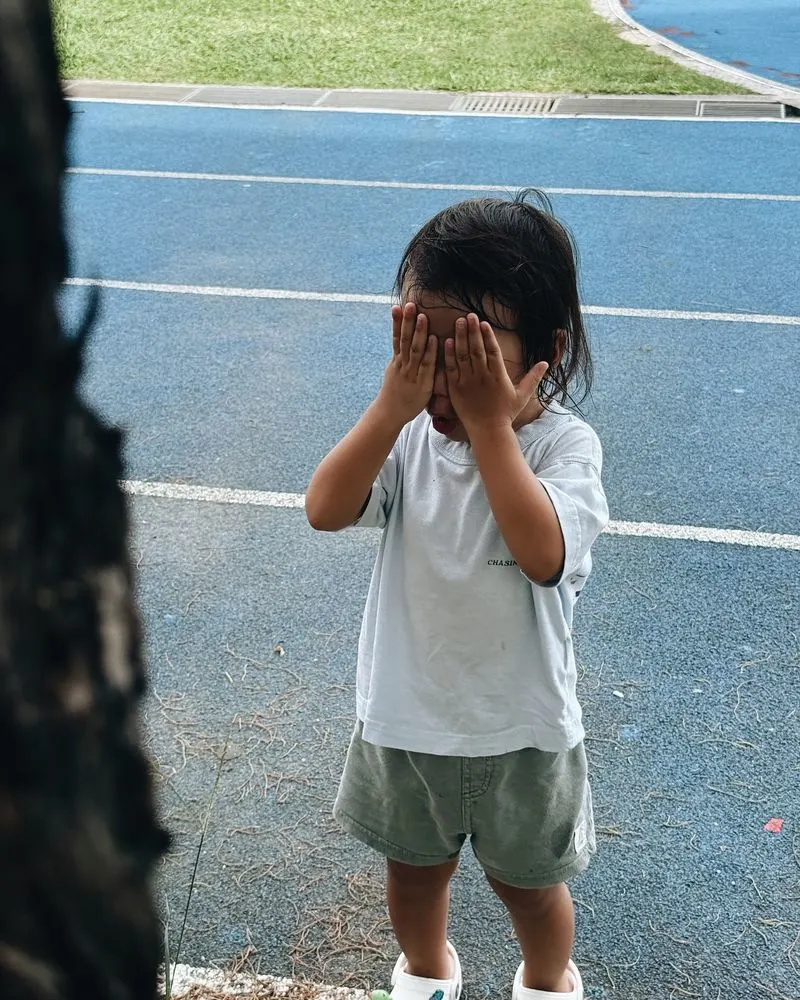
Hide and Seek was a game of anticipation and stealth. One would count while others scattered to find the best hiding spots. The thrill lay in staying hidden while the seeker searched high and low.
Every backyard nook or cranny became a potential hideout. The excitement grew as footsteps approached, hearts racing in the silence. This game required no equipment, just creativity and a good hiding place. It was a beloved activity that encouraged quick thinking and added a touch of mystery to playtime.
Gardening
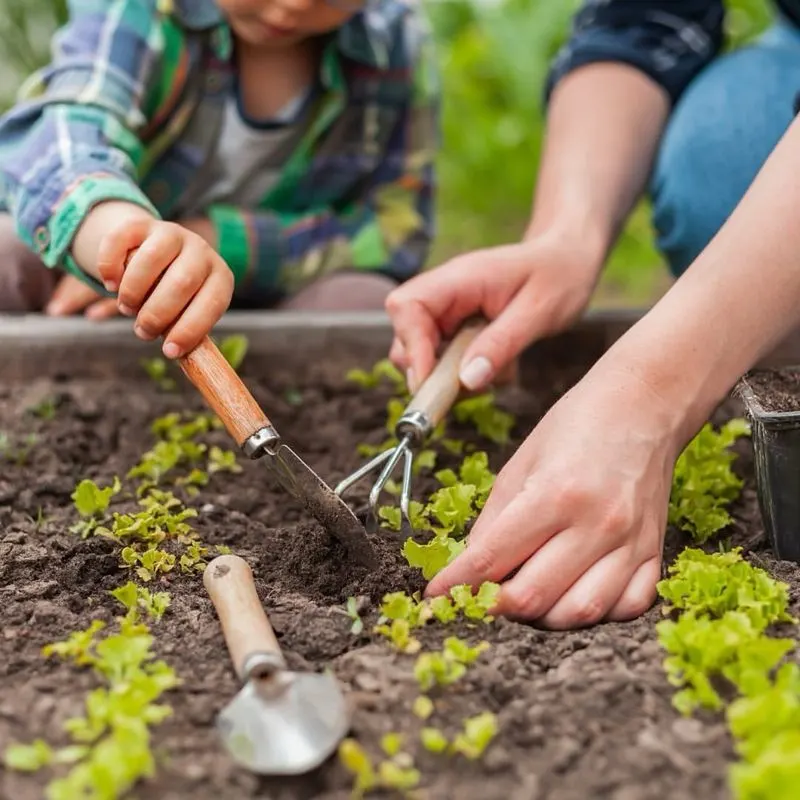
Gardening was both an educational and delightful activity. Kids learned about plants, soil, and the magic of growth, nurturing seeds into flowers or vegetables. It was a hands-on experience that connected them to the earth.
Little hands dug in the dirt, planted seeds, and watered diligently, watching life unfold. The garden became a living classroom, teaching patience and responsibility. This activity fostered a sense of accomplishment and appreciation for nature’s wonders, with the added bonus of homegrown produce or blooms.
Playing Kickball
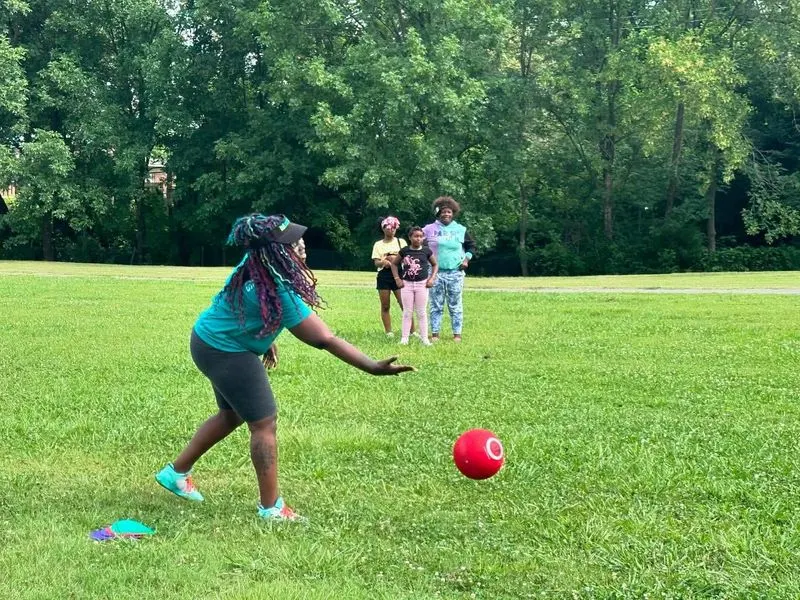
Kickball was a dynamic blend of soccer and baseball, played with enthusiasm on schoolyards and fields. The game involved kicking a rubber ball and running bases, combining teamwork with individual skill.
Players enjoyed the thrill of a well-placed kick, aiming for home runs or strategic plays. It was accessible to all skill levels, fostering inclusivity and teamwork. Kickball encouraged physical activity and coordination, making it a staple of playground fun. The laughter and camaraderie it inspired left lasting memories.
Playing in Puddles
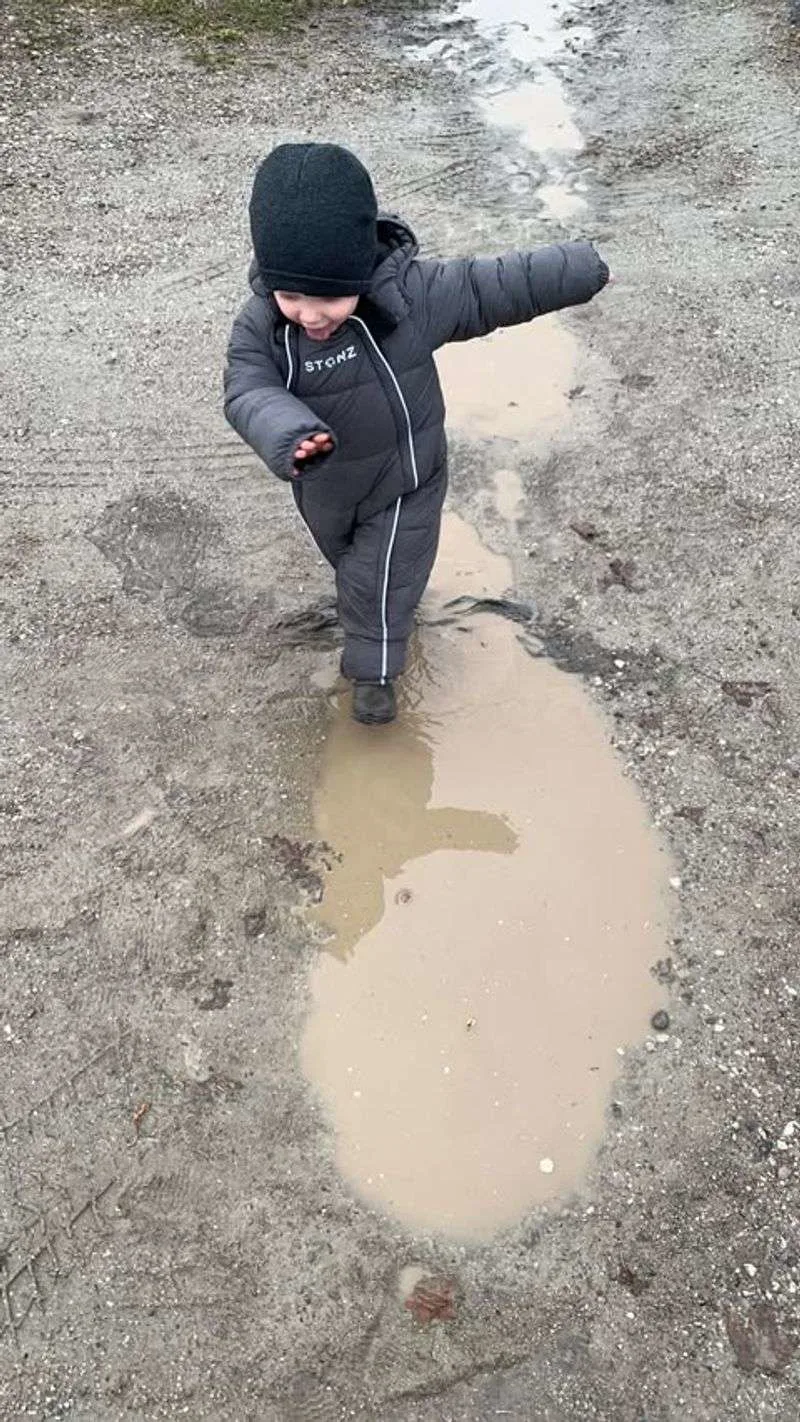
Rainy days turned into adventures with the simple joy of puddle jumping. Kids donned boots and raincoats, embracing the chance to splash and play. Each leap into a puddle sent water flying, turning gray days into moments of happiness.
This carefree activity required nothing but imagination and a willingness to get wet. It was about enjoying nature’s playground, with laughter echoing despite the drizzle. Puddle jumping taught children to find joy in unexpected places and to appreciate the simple pleasures of life.

